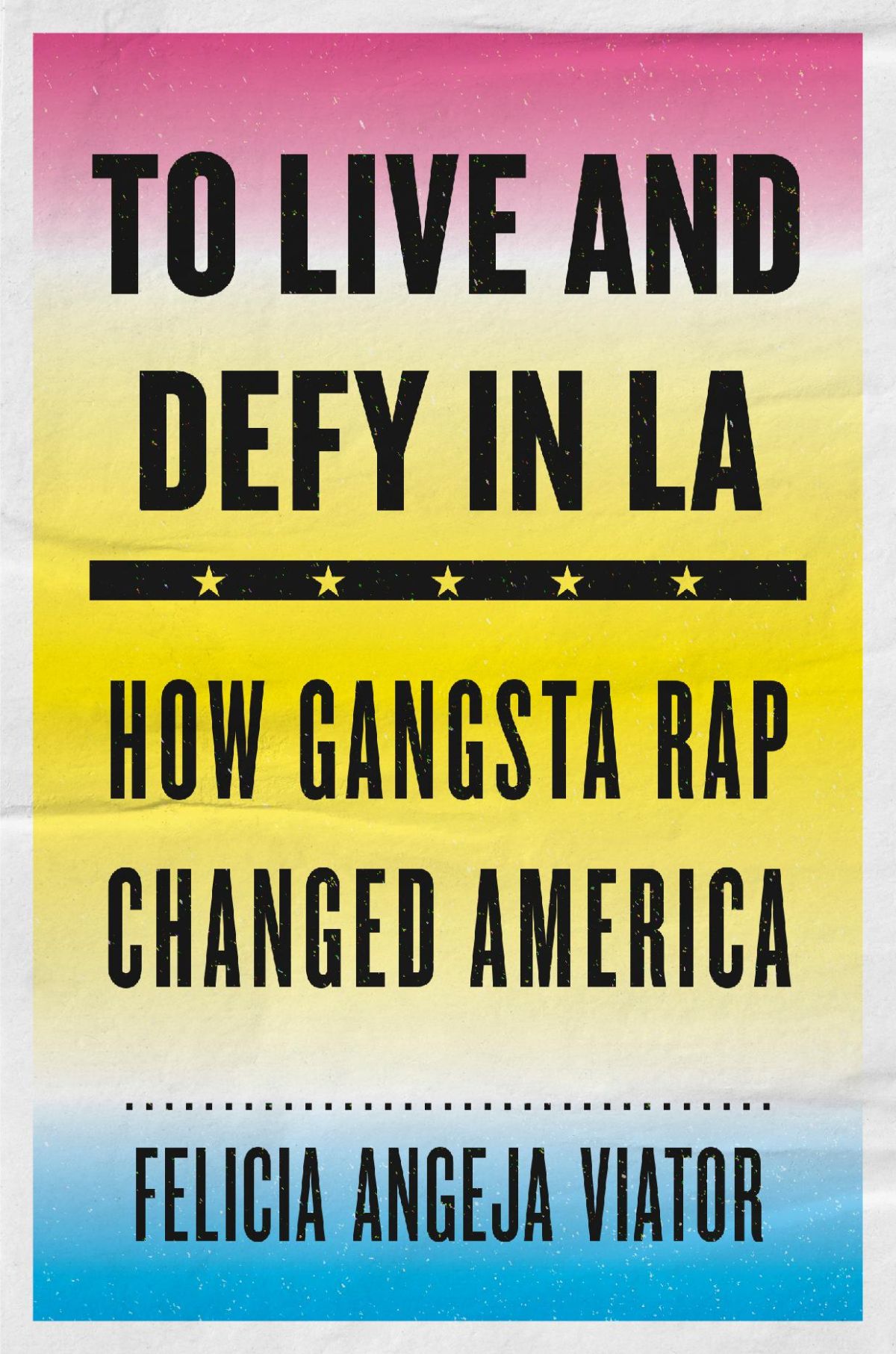What does it mean to sell out? A generation of scholars have addressed this idea in hip hop and popular music, connecting it to questions of authenticity, artistic representation, and commercialization. For hip-hop artists in the 1980s and early 1990s, their DIY network of tape recording and distribution, radio play, label formation, and commercialization “crossed over”—“a term,” historian Felicia Angeja Viator reminds us, “that, in the world of hip-hop, had become synonymous with selling out,” with audiences comprised more of white suburban teens than of listeners who understood the experiences behind the lyrics.
But, as she explores in this engaging history of gangsta rap’s emergence and eventual commercial success, this definition is not so simple. Commercialization did not co-opt rap and hip hop so much as those artists interacted with its reality and turned its dynamics to their advantage, despite an unequal playing field. Moreover, understanding gangsta rap’s commercial appeal and pop culture influence, and the dynamics surrounding this concept for artists involved, must be grounded in the urban history of Los Angeles alongside the creative genesis of individual artists and their non-cooperation with the “illusion of a post-racial America.” Doing so, as Viator’s accessible, deeply researched book reveals, contributes to narratives about hip hop’s origins beyond the South Bronx and New York City as well as to understanding of pop culture since the 1980s.
To understand how gangsta rap remade the pop landscape and defied narratives about racial reconciliation, Viator takes her readers into the urban landscape of Los Angeles. She recounts in detail the story of LAPD’s militarization, particularly leading to the city’s hosting of the 1984 Summer Olympics, exploring how communities experienced heightened policing, the crack epidemic, and use of “The Batterram,” which she has taken as the apt name for chapter one.
Los Angeles’s dance and club scenes offer a different context for the rise of hip hop on the West Coast, often overlooked in adherence to the “four pillars” of hip hop, as termed by “founding father” Afrika Bambaataa. These pillars—breaking, graffiti, MCing, and DJing—had strong associations with youth culture and rebellion in the South Bronx, a neighborhood struggling in the wake of urban renewal, deindustrialization, and the atrophy of public services in the 1970s. Yet Los Angeles, which in some ways epitomized the Hollywood-style glitz of the Reagan years, offered its own context, producing “reality” rap that would add new styles, sounds, and messages to hip hop, as well as redefine American popular culture.
